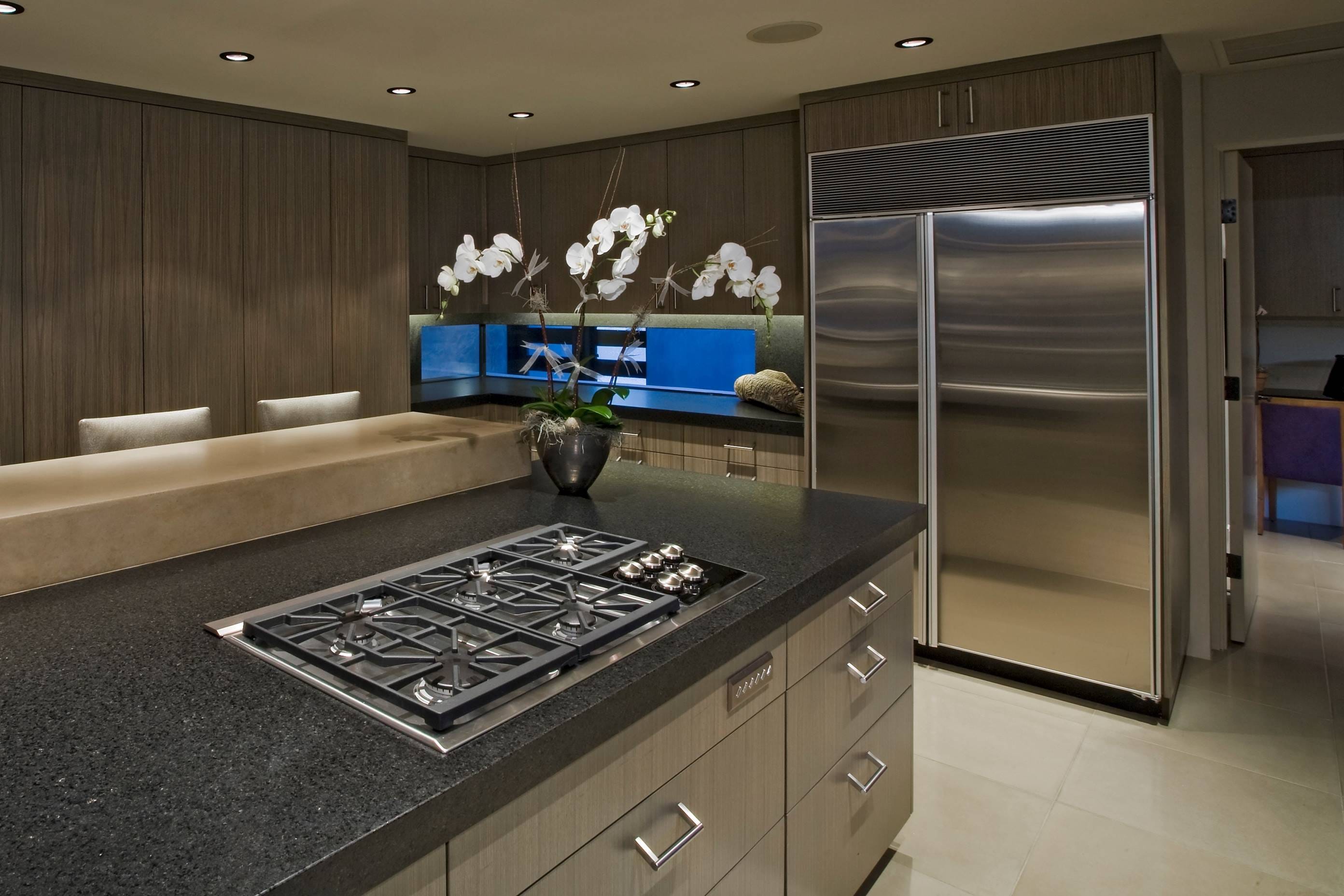If you have fixed your gas stove too many times, it is likely time to have it replaced. Follow the directions below to safely install and replace your gas stove, and you will return to frying up eggs in no time.
Purchase the proper gas stove connector
As you are installing a gas range, you should never reuse a connector. Therefore, before starting, visit a hardware store or home center and buy a new connector. Purchasing the proper connector is the most critical measure to a safe installation. Search for the following things:
- Be certain it’s marked clearly for a “range.”
- Buy a connector that is long enough to provide you room to work between the wall and the stove.
Pull the range out
Pull the range out and shut the gas cock off. The shutoff either will be situated behind the range, or inside the basement directly below. If you do not have a shutoff, it’s the best time to add one for safety purposes.
Wrap pipe threads
Wrap some yellow Teflon tape twice around the threads using a clockwise direction. The ½” x ¾” coupling will accommodate the ¾” end connector fitting, as connectors that have ½” end fittings at each end isn’t always available.
Attach connector to gas line
Take off the end connector fitting, and wrap the unbeveled end using Teflon tape then screw it to your gas line. ALWAYS use both end fittings and don’t screw connector nuts to black gas fittings or pipes or you’ll be guaranteed a leak. In addition, be careful to not kink or force your connector into sharp bends.
Utilize street elbow
Screw a ½” x ½” street elbow inside your gas port. Screw the connector’s additional end fitting inside the street elbow. Utilize Teflon tape on both fittings and be careful to not over tighten it.
Tighten nuts
Tighten your connector nuts to the end connector fittings, ensuring that you hold the tube straight against its fitting.
Check for leakage
Check for leakage. Turn the gas cock on and light your range burners for around one minute to get the air out of your gas line. Spray all of the joints using leak detector. It’s also possible to use soapy, warm water. If there are bubbles the surround the joint, it is an indication of a leak. For extra safety, it’s possible to contact the gas company in your area to check your work.
Move new stove into place
If there aren’t any leaks detected, push the new stove into place and be certain everything is level. As you are all set, it is time to get cooking!
While there are lots of handy folks out there who successfully can finish do-it-yourself projects, working with gas always should be dealt with by a professional with the correct certifications and experience.
For more information on installing a gas range contact the outstanding appliance repair services of Mike’s Quality Services today!

